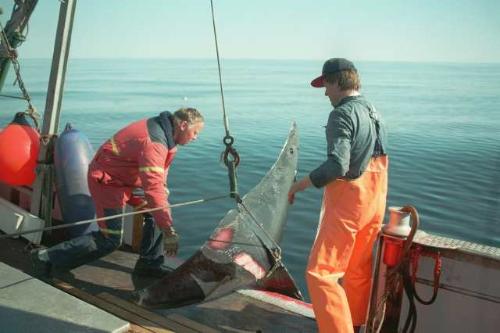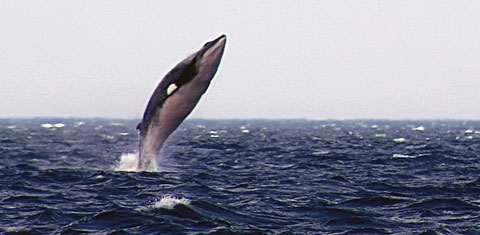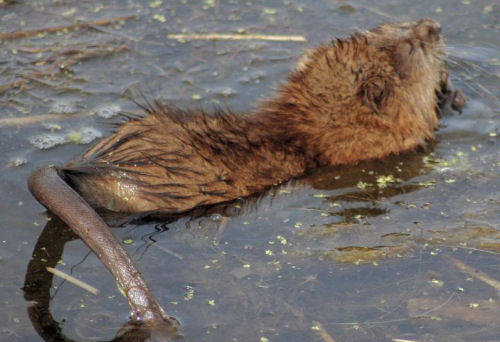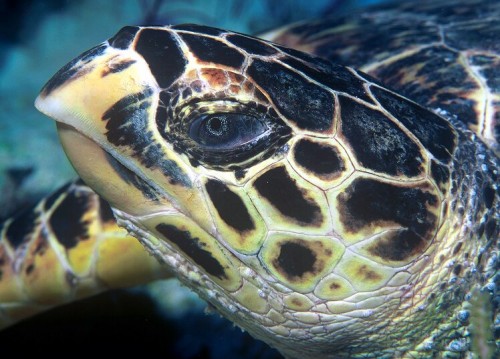Minke Whale
Minke Whale is the smallest of baleen whales. This species is widespread all around the world, ranging from the polar waters to the tropical seas. What made this animal rather famous, was probably the TV show “Whale Wars”, where environmental activists fought against Japanese whale hunters. It should, however, be noted that Minke Whales are not endangered, nor is their population at risk, and hunting them has no severe effect on the population.
This whale is fairly small, reaching about 8 metres in length. They are, however, more massive than other baleen whales, and no other whale can match their agility in water. Minke Whales are metallic gray, with a white or light gray underside. A distinguishable feature is the number of wrinkles stretching from the animal’s throat down all the way to the tail.
Minke Whales are widespread in all waters from the Arctics to Antarctica. They rarely venture close the shore, and usually stay in deeper waters. In fall, these whales move to warmer waters, while in spring they swim back to the cooler waters. Those populations that live in the tropical waters often don’t migrate at all, and spend all their lives in the warm equatorial waters.
They can live either alone, in pairs or small groups. Only in areas where food is abundant will the whales gather in larger groups. Unlike most whales, they don’t dive too deep, spending only a few minutes underwater, but they can reach a speed of up to 30 kilometers per hour, making them one of the fastest sea creatures. As all baleen species, Minke Whales feed on plankton, filtering large amounts of water, eating small crustaceans and fish inside it. Being so fast and agile, Minke Whales don’t really have any natural predators, except for the Orca. It is presumed that the large sea predator tries to make the Minke Whale drown, while being chased.
An interesting fact is that Minke Whales reach sexual maturity when they have grown to a size of 7,4m for males and 7m for females. Up to the 1940’s this happened at about the 14th year of life, while nowadays the whales reach sexual maturity as soon as 6 years after birth, which is due to the large amounts of food available for them in the oceans. Minke Whales mate in winter, and after a 11 month long gestation, a single baby is born. The young whale stays with the mother for about 5 months.

Young Minke Whales are easy targets to whale hunters, because they often approach ships out of curiosity
In the past, Minke Whales were not often targeted by whale hunters, because they were considerably smaller in size. This, however, changed in the 1970s when the whales became more and more hunted, which had a severe effect on their population. Still, it should be noted that Minke Whales have one of the steadiest reproduction rates of all whale species and their number is actually increasing at the moment, which in turn means that they are not even close to being endangered.



